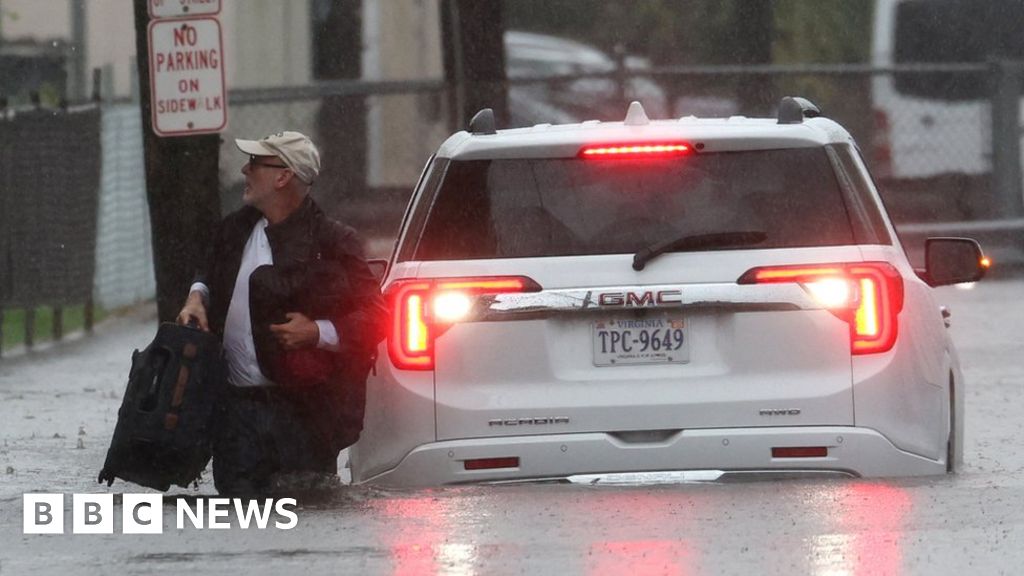New York City: State of Emergency Declared Over Flash Flooding

Introduction
New York City, often known for its vibrant atmosphere and bustling streets, recently found itself grappling with an unexpected natural disaster. A state of emergency was declared over flash flooding, sending shockwaves through the city’s residents and authorities. In this comprehensive article, we’ll explore the events leading up to this emergency declaration, its implications, and the steps taken to mitigate the situation.
The Flash Flood Crisis
Flash floods are sudden, intense floods that can happen within minutes or hours of excessive rainfall or other factors. Unfortunately, New York City experienced one of these catastrophic events when torrential rain swept through the city, leaving a trail of destruction in its wake.

Understanding the Causes
To comprehend this crisis, we must first understand its causes. Factors contributing to flash flooding in New York City include:
- Intense Rainfall: A deluge of rain, often exceeding the city’s drainage capacity.
- Urbanization: Paved surfaces prevent proper water absorption, leading to rapid runoff.
- Poor Drainage Systems: Aging infrastructure unable to handle heavy rainfall.
- Climate Change: Altered weather patterns increase the frequency of extreme events.
Impacts on the City
The flash flooding in New York City had severe consequences for both residents and infrastructure:
- Transportation Disruptions: Subways and roads submerged, causing significant disruptions.
- Property Damage: Homes and businesses suffered damage due to floodwaters.
- Power Outages: Electrical systems were compromised, resulting in outages.
- Loss of Life: Tragically, lives were lost in the flooding.
New York City: State of Emergency Declared Over Flash Flooding
Amidst the chaos and devastation, city officials had no choice but to declare a state of emergency. This measure was taken to ensure swift and coordinated responses to the crisis.
Emergency Response
In times of crisis, a rapid and effective response is paramount. The city’s emergency services and agencies swung into action to:
- Rescue Operations: Swiftly evacuating affected areas and rescuing trapped residents.
- Medical Aid: Providing medical care to the injured and those in need.
- Communication: Keeping residents informed through emergency alerts.
Community Support
During such trying times, New Yorkers showed resilience and solidarity. Communities rallied together to provide support and assistance to their neighbors. Acts of kindness and compassion became beacons of hope in the midst of adversity.
Frequently Asked Questions
Q: How often does New York City experience flash flooding?
Flash flooding in New York City can occur sporadically but is becoming more frequent due to changing weather patterns.
Q: What should I do if I’m caught in a flash flood?
If you find yourself in a flash flood, seek higher ground immediately and avoid driving or walking through floodwaters.
Q: How can I help flood victims?
Consider donating to reputable relief organizations or volunteering your time to assist those affected by the floods.
Q: Are flash floods a result of climate change?
While flash floods can occur naturally, climate change is contributing to their increased frequency and intensity.
Q: What measures can New York City take to prevent future flash floods?
Investing in modern drainage systems and urban planning that allows for better water absorption can help mitigate future flash flood risks.
Q: How can I prepare for flash floods in advance?
Create an emergency kit, stay informed about weather updates, and have an evacuation plan in place to protect yourself and your family.
Conclusion
The state of emergency declared in New York City due to flash flooding serves as a stark reminder of the unpredictable nature of our world. However, it also highlights the resilience and unity of communities when faced with adversity. As the city recovers and rebuilds, the lessons learned from this event will undoubtedly inform future disaster preparedness and response efforts.







